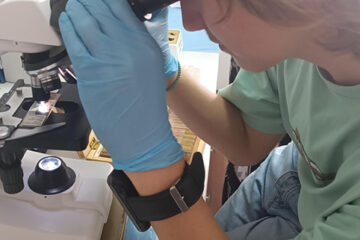ADHD – Ways to ensure that all children’s needs are addressed and they have every opportunity to reach their potential
Published by TLC Private School on
ADHD - Ways to ensure that all children's needs are addressed and they have every opportunity to reach their potential
I read an article recently which talked about the different ways to help children with ADHD (Attention deficiency/hyperactivity disorder). Mention ADHD and many in education will think ‘Ritalin’ the drug that was given to children with ADHD. Ritalin was a sledgehammer to crack a nut, effectively it sedated the child so their hyperactivity wouldn’t become an issue but many teachers found that, whilst keeping the behaviour under control, it reduced the ability of the child to learn.
Subsequently, research into ADHD found that much of the behavioural issues occurred because the child was not stimulated by the education given to them. Many ADHD children have been found to be very able and cause problems because they are bored in class. The research noted the difference seen in behaviours between different subjects and teachers, with almost perfect behaviour and strong progress seen in some subjects whilst in others, constant issues arose and progress was almost non-existent.
Whilst the issue of providing stimulating lessons is relevant to all children in all subjects, it is particularly important with children diagnosed with ADHD. It is quite common for exceptionally able children to be misdiagnosed with ADHD when it’s merely a case that their needs are not being addressed. This could be through not teaching to their preferred learning style – usually kinaesthetic, or not providing sufficiently stimulating learning to gain their attention and keep it, through the duration of the lessons.
All schools are encouraged to look carefully at the reasons why children become disruptive in lessons; a good start would be to get them to undertake a CAT4 test to identify their preferred learning styles and identify their areas of strength.
Another issue is teachers’ perceptions of such children. Too often, any inappropriate behaviours are seen as being indicative of the nature of the child and they can be stereotyped for as long as they are in that setting. It’s up to the leadership of the school to ensure the culture is not one of ‘labelling’ and ensure that all children’s needs are addressed in an effective way to ensure they have every opportunity to reach their potential.


